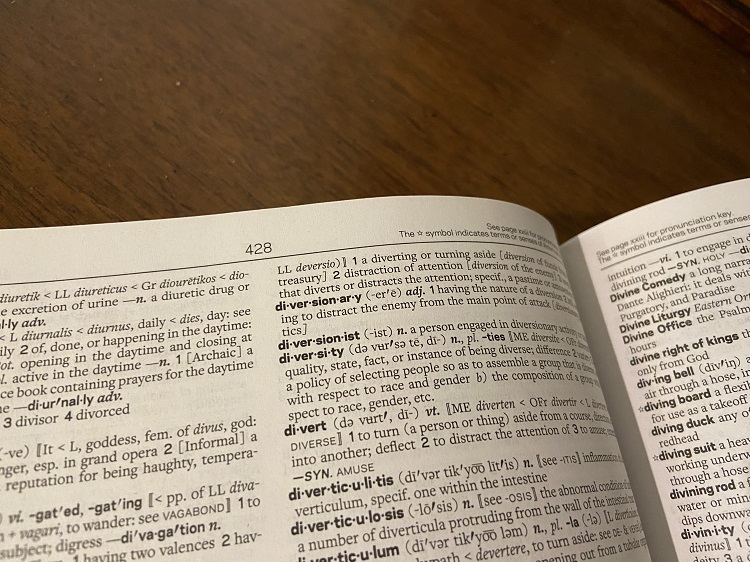 We need to define DE&I. Not what it stands for — diversity, equity and inclusion — but what it means. It’s time for contingent staffing leaders — both buyers and suppliers — to take a good look at DE&I and what it means in the context of their programs.
We need to define DE&I. Not what it stands for — diversity, equity and inclusion — but what it means. It’s time for contingent staffing leaders — both buyers and suppliers — to take a good look at DE&I and what it means in the context of their programs.
It’s easy to think DE&I only matters for full-time workforces. When an organization makes a commitment with respect to DE&I, that’s usually who they’re talking about. Meanwhile, contingent workforce management, or CWM, flies under the radar, especially when it falls under the procurement purview where diversity is defined by spend. It should come as no surprise that progress in our field has historically involved increases in diverse supplier spend.
But measuring diverse supplier spend is a baseline. It exists so organizations can check the box for contracts — government and otherwise. While it’s important — and I believe supplier diversity is an essential component of any organization’s overall DE&I strategy — it is the bare minimum of what we can do in contingent workforce management.
This is a hot topic and I’ve talked to a lot of companies about the path forward. I’ve observed a few mission-critical actions that can help you make meaningful progress on DE&I in contingent workforces. They all come down to understanding who you are, where you are and how you’ll move forward.
1. Figure out what “diversity” means to you. Whether as part of its CWM or more broadly, an organization needs to ask itself, “What does diversity mean to us?” The answer should be unique to your organization and circumstances. We work with a client in Australia whose diversity goals include increasing the share of women and aboriginal candidates. A healthcare organization in the United States would likely define “diversity” quite differently. Other companies are looking to expand the numbers of workers with disabilities, neurodiverse individuals and veterans, along with racial and ethnic minorities.
For buyers of staffing services, this is a matter of looking at business objectives, industry, location, job types, workforce mix and the current makeup of the workforce. For suppliers, it’s a matter of figuring out how to deliver what your client needs. And while you’re at it, take a look at your own workforce.
2. Understand your current state. Everyone wants to go live yesterday. Product marketers love to talk about “failing fast” and getting to market as quickly as possible to make adjustments in real time. That’s fine if you’re testing a new app feature. It’s not fine when it comes to contingent workforce DE&I. There are steps to take and they take time.
For example, VMS systems aren’t up to speed with the information you’ll want to collect – and in many countries, candidates aren’t required to share information about their diversity status and employers can’t ask about certain topics. Suppliers are likely to need training — everything from getting up to speed on your plan to unconscious bias training.
If you’re itching to get out there quickly, go ahead and communicate about it. Put a stake in the ground. Be transparent about what you’re doing and the steps you’re taking to bring your commitment to life.
3. Define the role CWM will play in the broader organization’s DE&I strategy. Staffing professionals are known for saying we want a seat at the table. How are you going to make a difference? It’s one thing to increase diverse talent, but how will you ensure contingent workers are factored into the equity and inclusion aspects of DE&I within your organization? This isn’t always an easy proposition if contingent workers aren’t invited to be part of employee resource groups, don’t receive access to the same training or events, or lack processes for feedback and support. For all of us, there’s work to be done.
We all know what DE&I stands for. This is about figuring out what you stand for.